

So you’re interested in playing League Of Legends or Dota 2, but afraid of the community? You want to jump in headfirst, but don’t know where to start? Well let us help you with our beginner’s guide to MOBA.
Here we’ll talk you through some early pointers on surviving in MOBA, some of the best early characters to play as and even a rundown of some of the terms you might hear online.
Well, first thing’s first, play the tutorial mode. Both League Of Legends and Dota 2 begin with a tutorial section, talking you through the basic mechanics of the game. It’ll explain last-hitting and the point of towers and even how to defeat your enemy.
But it won’t explain to you how to ‘play’ the game, and without a helping hand this will be the biggest stumbling block for many. Play custom games against bots to practise the mechanics and put these next rules in action.
Here are a few key pointers for absolute beginners:
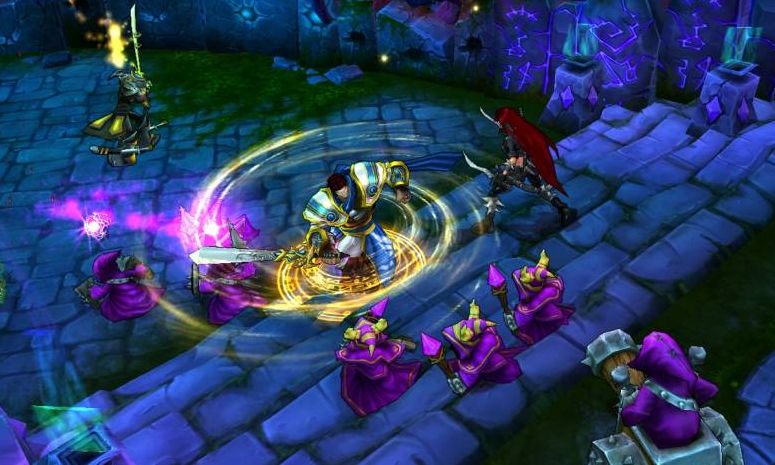
The biggest temptation for early players is to go for the kill almost immediately and while skilled players can often risk this strategy it’s important to know that MOBA games – at least early on – are about playing it safe.
The early part of a MOBA is known as the laning phase, and it’s at this point that you should aim to stay out in your chosen lane as long as possible.
The reason for this is the benefits that comes from killing minions: hanging around a minion battle, even at the back of the pack, will award you with XP, while last-hitting a minion will earn you additional gold.
If you’re forced out of lane – either by losing too much health or by dying – then you’re not benefiting from either of these while your opposing players can kill all the minions they like without hassle from you.
If your chosen character doesn’t have a means of healing themselves then take a handful of potions as early item purchases to ensure you can stay out in lane longer if necessary.
And if you have done enough to force an enemy to return to base – or know that they have returned of their own accord – then, if you need to, mop up the remaining minions and return to base.
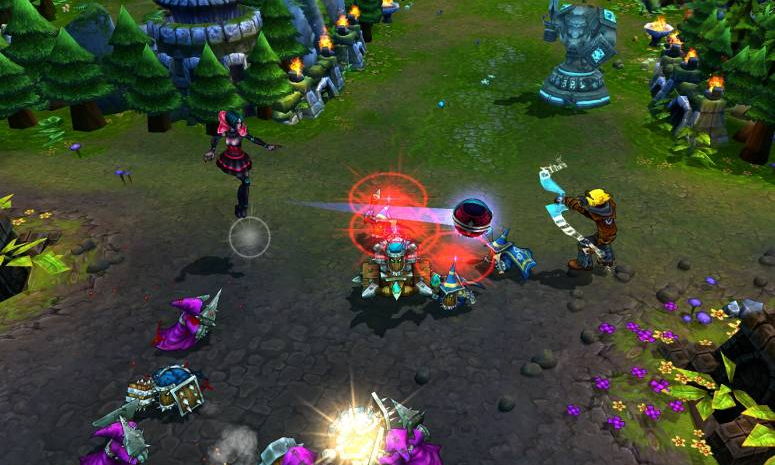
Contrary to the above point, it’s important to not leave your opposition unchecked.
Ranged characters naturally have more ‘poke’ than their melee counterparts, so make use of that. Attacking a melee character from a distance will force them to retreat, even briefly, from attacking a minion and the more you can reduce their last-hitting opportunities the better.
Alternately if you are playing as a melee character then in all likelihood you’ll have more health. Use this to your advantage to gain ground on a ranged character – they may get a few hits in but by charging at them you’ll likely put them off and force them to retreat from the minion fight.
The main point to take away from this is that you want to maximise your minion last-hits and XP gain as much as possible while limiting your opponent’s as best you can. It’s tricky, but necessary.
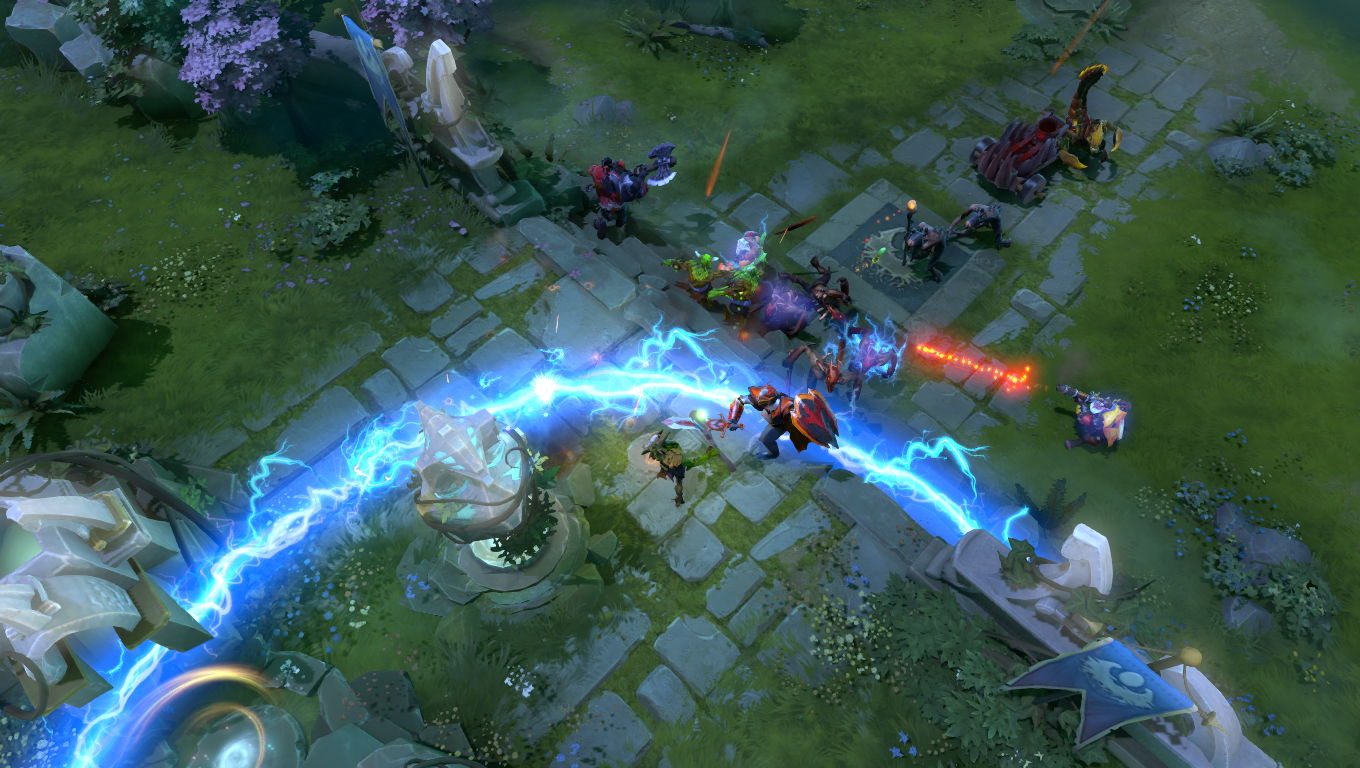
Initially item-building might seem a little confusing. You’re given a wide selection of items to peruse and equip, but what is best for you? Well that’s the hard part.
First and foremost, buying an item does not affect the way your character plays – it is simply a selection of items that boost your stats passively and, often, have bonus activated abilities to make use of.
In other words, buying a new sword will not mean your character suddenly equips a sword, just like equipping a shield won’t add a physical shield to your champion’s loadout.
It might seem simple, but these items are nothing more than stat-boosters and as long as the item boosts a stat that you need then it’s a worthy purchase.
With that said, however, it’s worth knowing the options available to you. Sites like Mobafire and Solomid provide great resources for suggested item builds, and we’d recommend taking a look at the in-depth guides to find out why certain items are useful for others.
Otherwise following in-game recommendations are always a useful starting point providing you pay attention to the benefits of each item. Don’t just buy the items willy-nilly, look at the benefits and weigh it up alongside other items of equal value. Why is one better? Why will it help you?
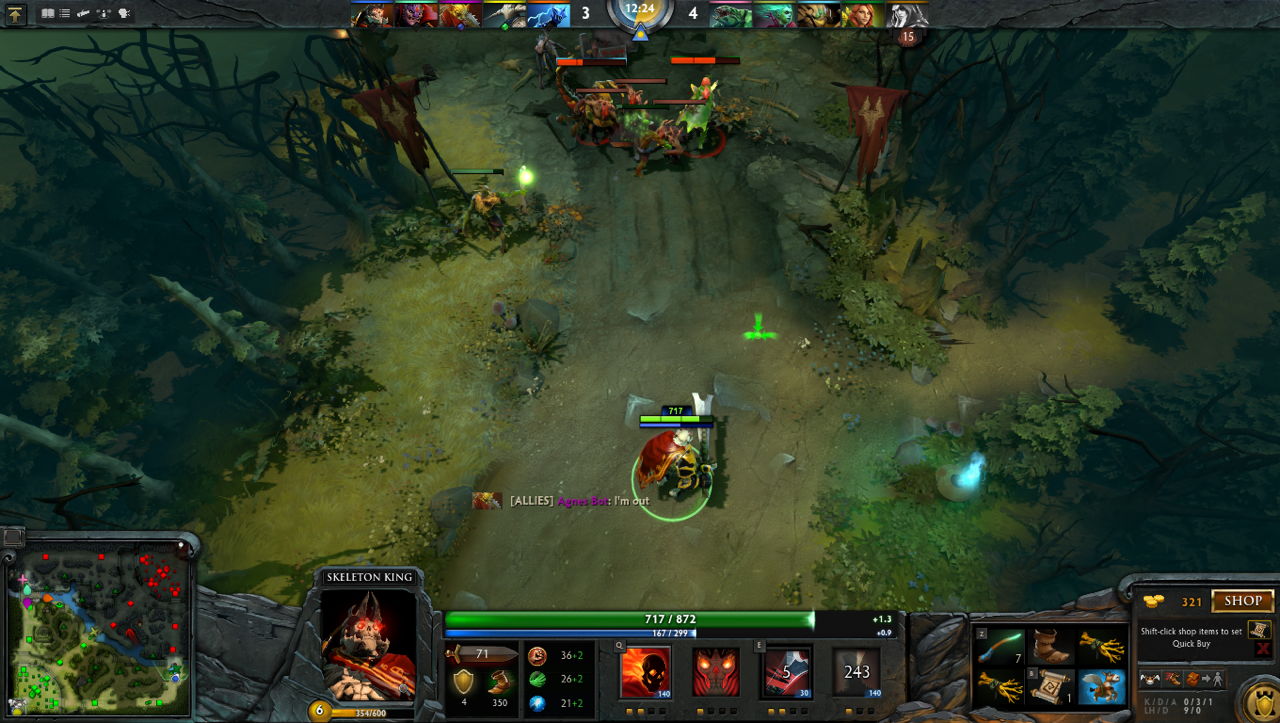
Doing it this way will gradually add to your understanding of each item, and once you’ve got that base it will make sense to look into alternatives.
Item building is perhaps the most integral part of a MOBA game, since it’s not enough to just build items you need but also to build items that might counteract your enemies.
Having a lot of damage done to you? Build an item that boosts health. Surviving in a fight but your opponent outliving you? Build an item that boosts damage or damage penetration.
Sadly item building is one of the trickiest parts of MOBAs to learn since it requires an intricate knowledge of each available item, but also your character’s preferences and also the items that your opponents are building.
But stick at it and, honestly, check out some of the in-depth character guides, they’ll explain more than we ever could.
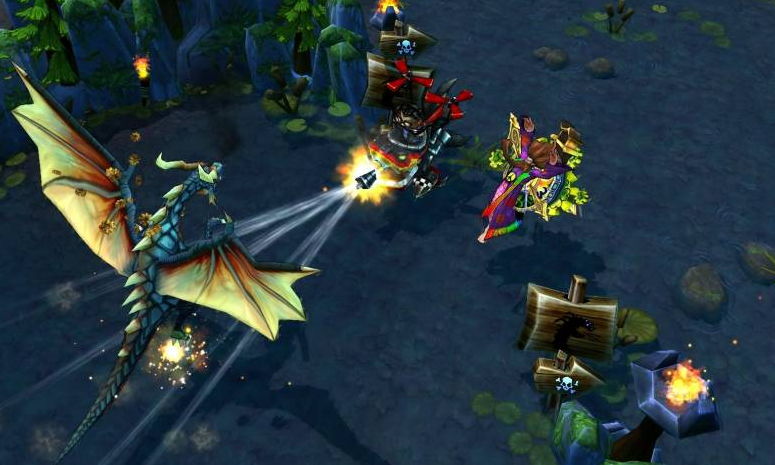
Last-hitting we’ve already discussed and is, very simply, the act of being the final damage to land on a minion, therefore rewarding you with the gold gain from doing so.
The actual strategies employed by each player differs, but it’s important to know how much damage and how quickly a single basic attack will take to activate. Knowing your character is half of the battle when it comes to last hitting.
Some prefer to leave the minions to battle it out and only pick off the weaker ones when they approach low enough health. Others like to attack a minion currently not being attacked before finishing off a different, weaker minion.
While defending a tower, however, you’ll also need to remember how much damage the tower can do to minions and factor that into your attacks. Remember to time it perfectly; otherwise you’ll waste all that potential gold.
The importance of last-hitting cannot be understated. Though you can earn gold through other means – such as destroying towers or killing enemy players – your primary means of earning gold comes from last-hitting minions.
Do this more than your opponent and you’ll earn more gold than them, enabling you to buy equipment from the item store quicker and – as a result – have an early advantage.
If you’re able to kill – or at least force to return to base – your enemy then you can continue to out-level and out minion-farm them even more, only adding to your benefits.
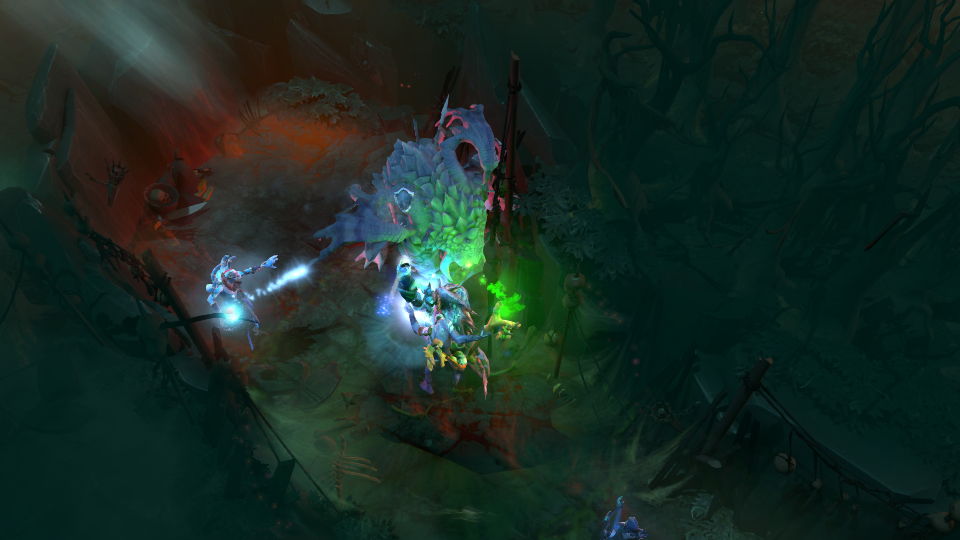
There are three lanes in a standard MOBA game: top, middle and bottom – often with a river or path of some form connecting all three in the middle.
But knowing which lane you should be playing is tricky for newcomers, who won’t know where best to play. The section below details some early characters, and where they’re best played.
The general composition of a match is as follows: two players at the top lane, one player in mid and two players at the bottom.
A single character always plays middle lane since it is the shortest distance from the base. It’s often the lane that most teams push first, but only after the laning phase has ended.
Bottom lane is almost always a two player lane, with one player acting as support – whether that’s as a damage-absorbing tank or a buff-providing healer – and the second player focusing on dealing heavy damage.
Top lane is a little more unusual. The standard composition for a tournament game will include a single player in the top lane and a jungler (more on that later).
Knowing what lane you’re playing is entirely dependant on the character you’re playing, and we’ve included a handful of suggestions below.
Most MOBA games give brief summaries of the character you’re playing to better guide you, but don’t be afraid to ask. Damage dealers will want to go bottom or solomid, while support will want to make sure they’re with an ally. Take a look at the abilities to figure out if your character is more offensive or defensive.
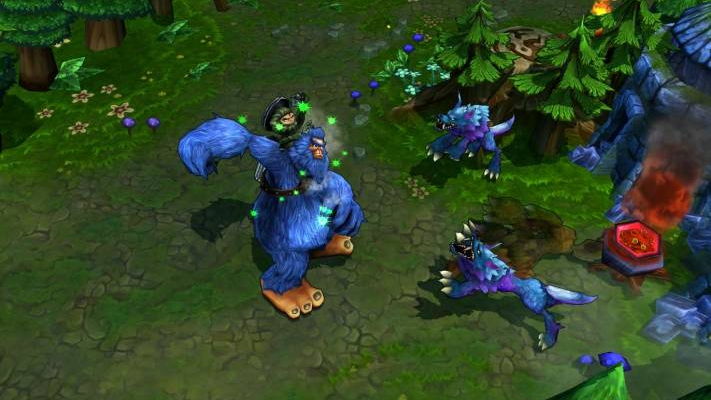
Jungling, though fairly simply, is one of the trickier roles in a MOBA game. Each of the three lanes are separated by jungle and within those areas are stationary mobs or monsters that can be defeated to earn gold and XP.
A jungler spends their time in the laning phase taking on these different beasts – which vary in difficulty – to level away from the prying eyes of enemies. It’s trickier since these enemies are tougher than normal minions.
Not all characters make for good junglers since you need someone who can take a good deal of damage and either heal it or regenerate it through life style.
The idea of a jungler is to be available for ganking – or cleverly positioning themselves to get a surprise attack on the enemy, providing your allies with a huge advantage.
Jungling is not about getting the most kills – though some selfish junglers will tell you it is. It’s about providing assistance to those who need it, and making yourself available for ganks.
If you spot a lane being pushed by the enemy team then jump in and get involved. Early on you likely won’t have the stopping power to kill them, but it’ll be enough to force them to back off.
It’s also important as a jungler to control the natural buffs found on the map, whether that’s the killings monsters that reward it or collecting runes to enhance your character.
Though you may not need the buffs, letting your team-mates know when they’re available – and helping them collect it – is a vital part of the role.
Truth is jungling is not a beginners role simply because it requires a level of understanding of the genre before you can get involved with the role. Leave it until you feel a little more comfortable.
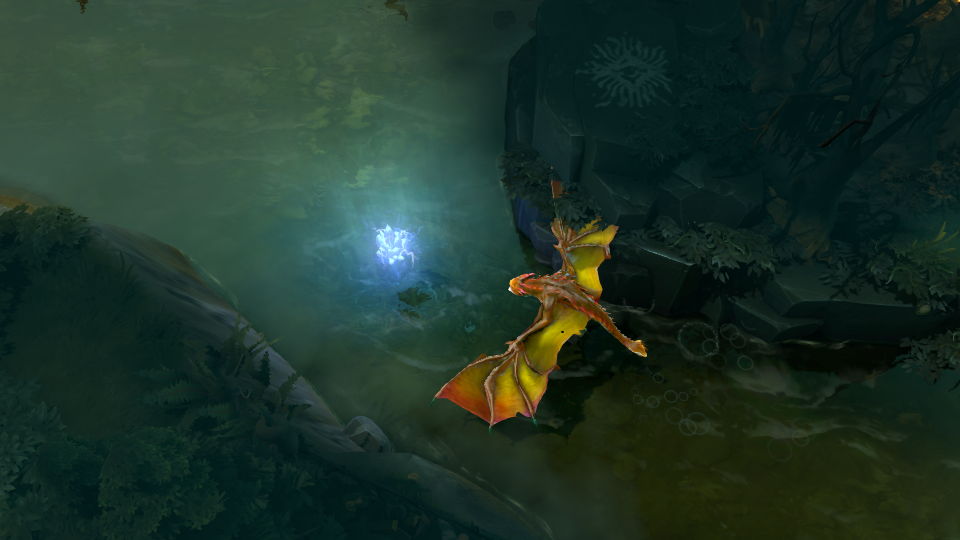
Here’s a quick rundown of some of the words you may see used while playing a MOBA game.


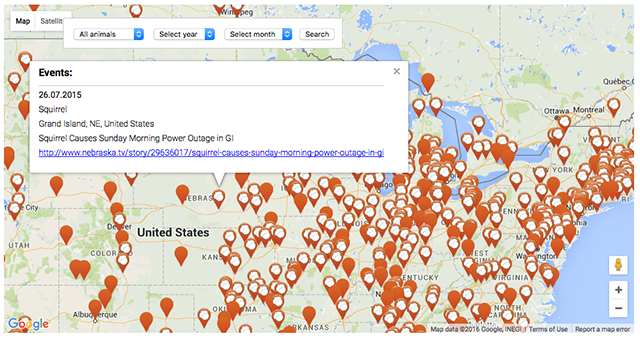
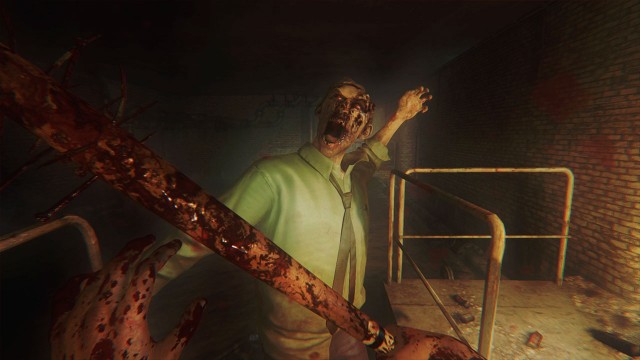
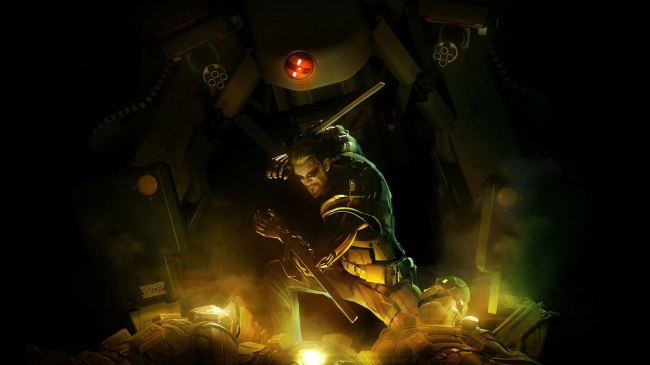 Deus Ex: Human Revolution Review Round-up
Deus Ex: Human Revolution Review Round-up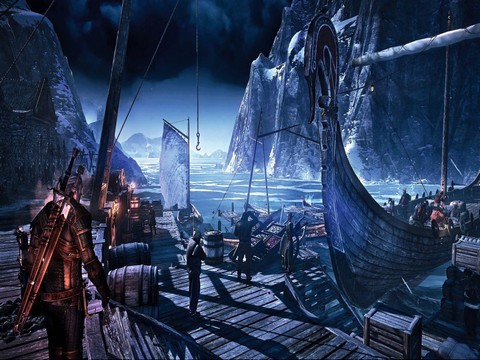 The Witcher 3: Wild Hunt Boat Speed Guide: Controls For How To Activate Boat's Fast and Max Speed
The Witcher 3: Wild Hunt Boat Speed Guide: Controls For How To Activate Boat's Fast and Max Speed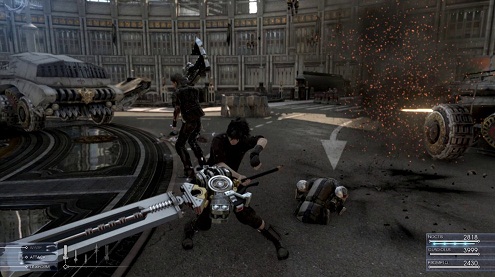 Final Fantasy 15: features at a glance
Final Fantasy 15: features at a glance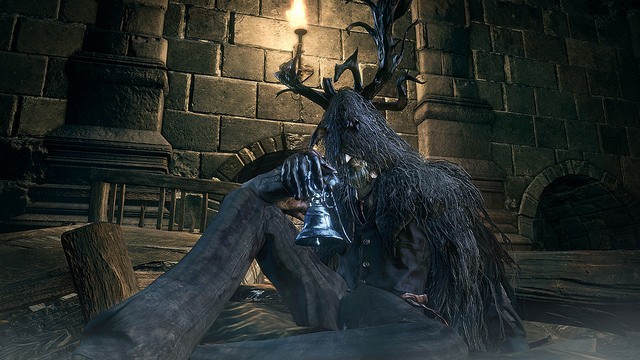 How to Get The Boom Hammer in Bloodborne: The Old Hunters Guide
How to Get The Boom Hammer in Bloodborne: The Old Hunters Guide What Can $20 Buy at These 3 MMORPG Cash Shops?
What Can $20 Buy at These 3 MMORPG Cash Shops?